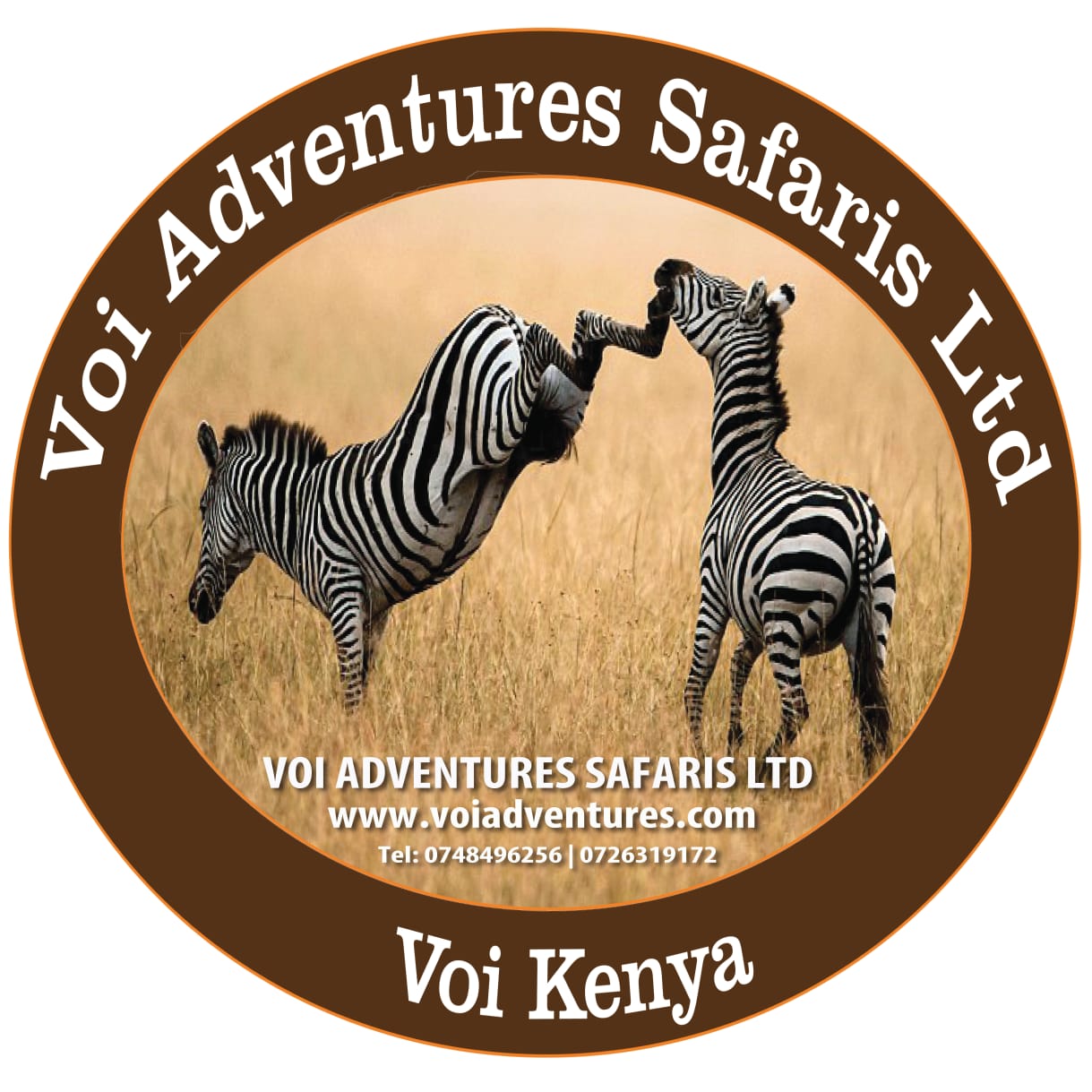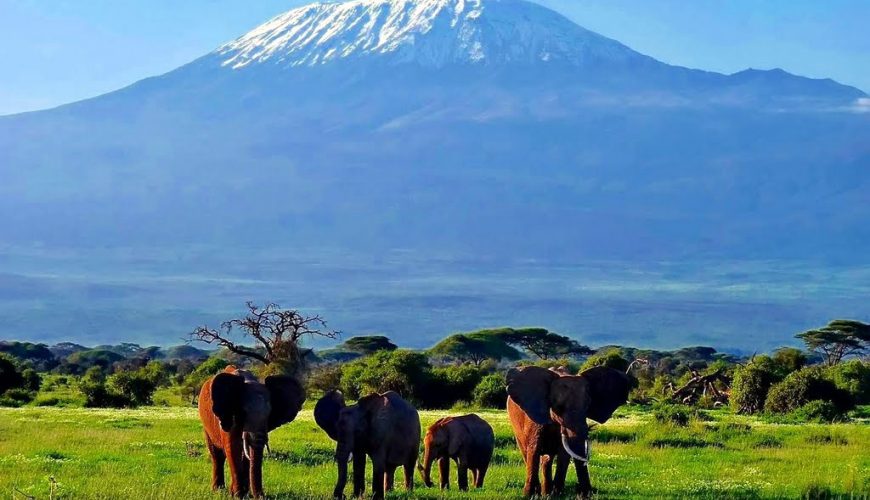Past Lake Naivasha in Kenya’s Great Rift Valley, beyond the flower farms that are the mainstay of the area’s economy, lies the Oserengoni Wildlife Sanctuary (OWS), a private conservancy with a wide range of flora and fauna — and two lodges that avail world-class comfort in tranquil surroundings.
Ringed by a breathtaking view of the undulating Mau Escarpment in the horizon to the west and bordered by the Hells Gate National Park to the east, Oserengoni, previously a cattle range and wheat farm, measures roughly 12,000 acres.
“Naivasha is a great alternative to the Masai Mara,” says Suzzanne Gathitu, Sales and Marketing Manager of the two lodges – Chui Lodge, which comprises eight cottages, and Kiangazi House, which has seven rooms, including a couple of larger ones for visitors who wish bring their families along. “People should discover that Naivasha is actually home to a variety of species of wildlife rarely seen elsewhere,” explains Ms. Gathitu.
The sanctuary was established in 1995 by Dutchman Hans Zwager, his wife June and their son Peter, aiming to conserve biodiversity, attract visitors and become a center for sustainable development. The Zwagers had already made their home [the Djinn Palace] at Oserian, on the shores of Lake Naivasha, where they became the largest flower growers in Kenya.
The animal population in Oserengoni was initially small but has risen over the years, a factor Sanctuary Manager, John Ndegwa, attributes to suitable habitat management and effective security and protection measures.
“From a land-use practice that was intolerant to wildlife conservation, OWS has made progressive strides towards effecting a complete transformation from cattle husbandry and wheat farming to conservation,” says Mr. Ndegwa.
There is an abundance of birds. The Grey-helmeted shrikes find a safe haven among stacks of leleshwa [camphor bush], while the mix of vultures does not lack carcasses to feed on in the open glades. Cheetahs and leopards are a common sighting, while “George” the lion has seemingly found his way back to what must have been his ancestral home.
In a bid to enrich the genetic pool and broaden species diversity, several animal species were brought into the sanctuary in the late 1990s. They included the White rhino, Topi, Grevy’s zebra, Wildebeest, Thompson gazelle, and Waterbucks. [The rhinos were subsequently translocated to other sanctuaries after several poaching incidents.]
At the time, wildlife was being displaced from the surrounding areas as a result of land-use practices that we’re oblivious to conservation. Poaching, charcoal making, and logging resulted in habitat fragmentation as well as blockage of traditional dry season dispersal grounds, further contributing to the confinement of the animals to the only remaining safe areas — including Oserengoni wildlife sanctuary.
The sanctuary is ringed with a 40-kilometer fence to keep the animals in and people out, thus minimizing the potential for conflict between the two. Watering holes dot the sanctuary, ensuring that the wildlife does not go thirsty.
The conservancy does not seek to isolate itself from the local community. It has set up and maintains amenities for the community, including schools, health centers, and water projects. “We need the community to protect the conservancy for us,” says Ms. Gathitu.
Oserengoni’s true conservation success lies in its unique ability to strike a balance between sustainable development, through its various commercial enterprises, and maintaining a fully-fledged conservation entity, according to Mr. Ndegwa.
There have been challenges. The “success” has resulted in the population of some species outstripping the conservancy’s ecological carrying capacity. With the country’s policy on wildlife population management yet to be finalized, the conservancy is left to struggle with “excess” animals that could be accommodated in other areas of the country where numbers have been in decline.
“A more practical population management policy would go a long way in offsetting the cost and loss incurred through infrastructural damage, ecological degradation as well as human-wildlife conflict,” says Mr. Ndegwa.
“Individual conservation efforts should not be allowed to become a burden to the landowners especially in a country where well over half of the wildlife population exist outside protected areas,” he adds.
Back at Chui Lodge, self-taught chef Richard Langat and his staff have prepared a meal of steamed tilapia, spiced up with various herbs and vegetables, all grown in the Oserian horticultural farms nearby. Langat’s roast pumpkin soup is a culinary delight that must be tasted. He joined the conservancy 17 years ago as a construction laborer. He was later moved to the kitchen where he learned the knack of gourmet cooking as he did the dishes.
Meals or drinks can be had outside the dining room, lounge, and bar, depending on the weather.
Oserengoni offers various activities for its visitors, notably game drives or walks — in the company of knowledgeable guides — that can end with a refreshing sundowner by a bonfire in the wild. One can venture to the shores of the nearby Lake Oloidien, frequented by pelicans. Boat rides can also be organised on Lake Naivasha for a rendezvous with hippos, pelicans and fish eagles.
A visit to the adjacent Hell’s Gate National Park, which could be at risk as a result of the construction of the Ol Karia geothermal power plants — can also be organized from Oserengoni.



Comment (0)